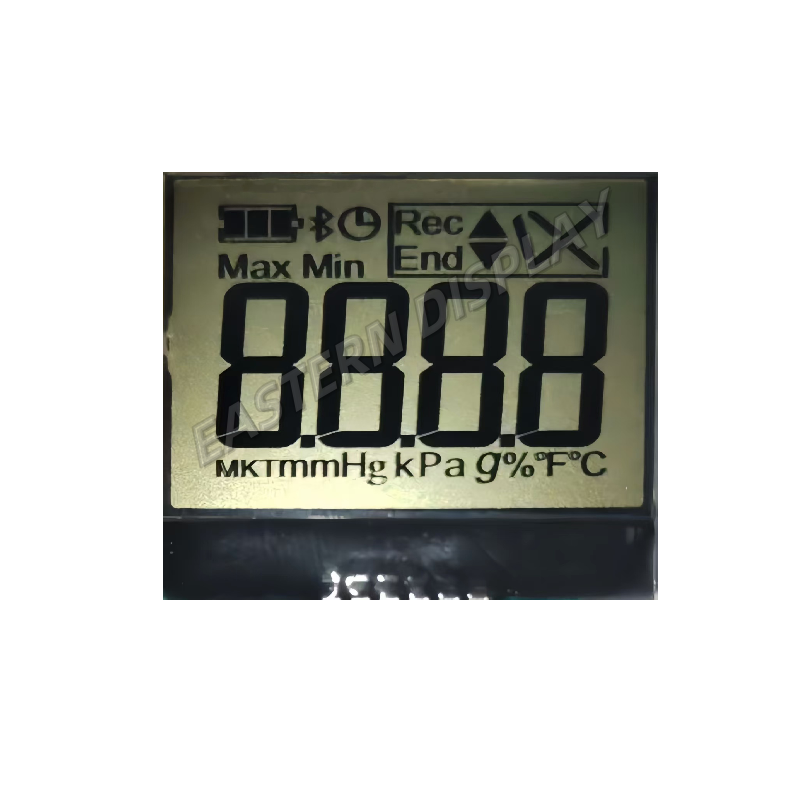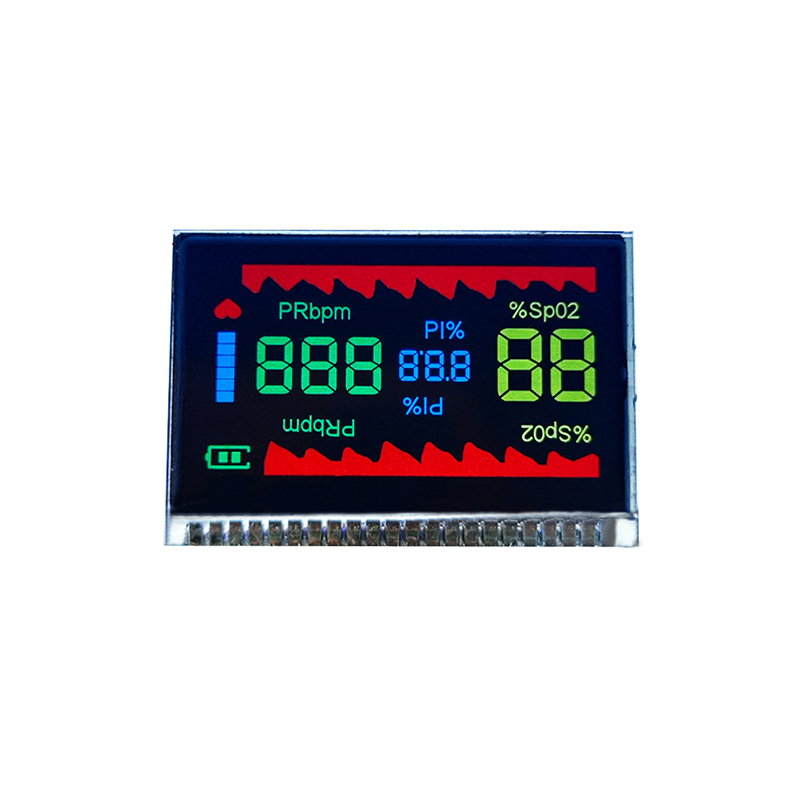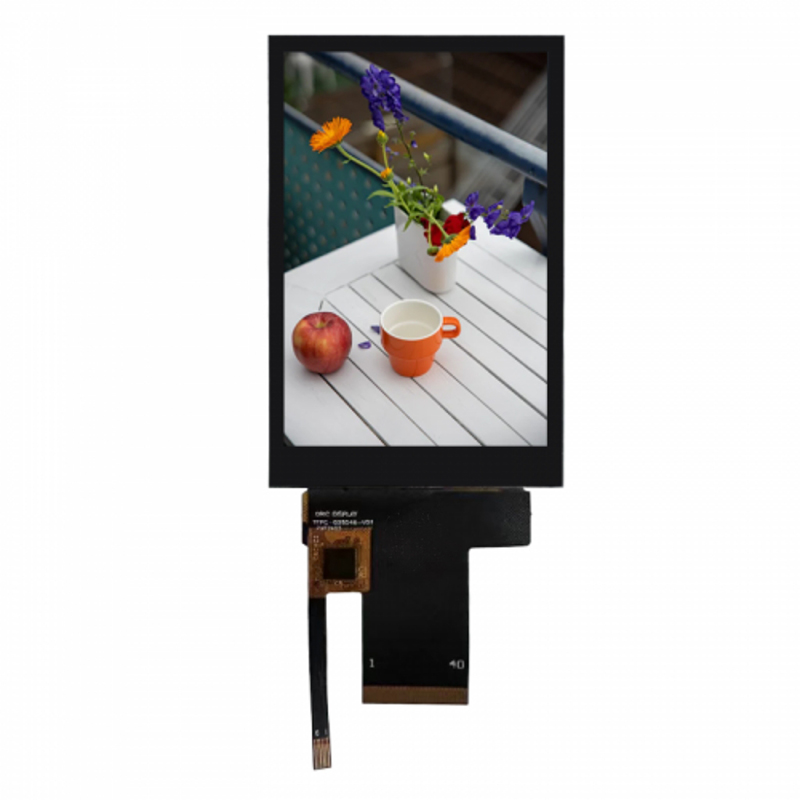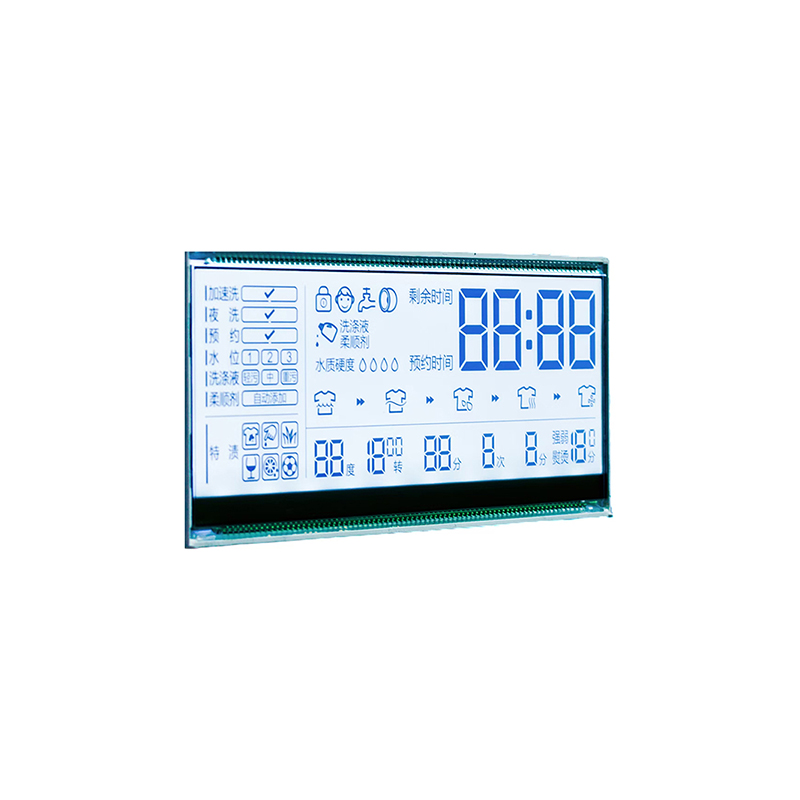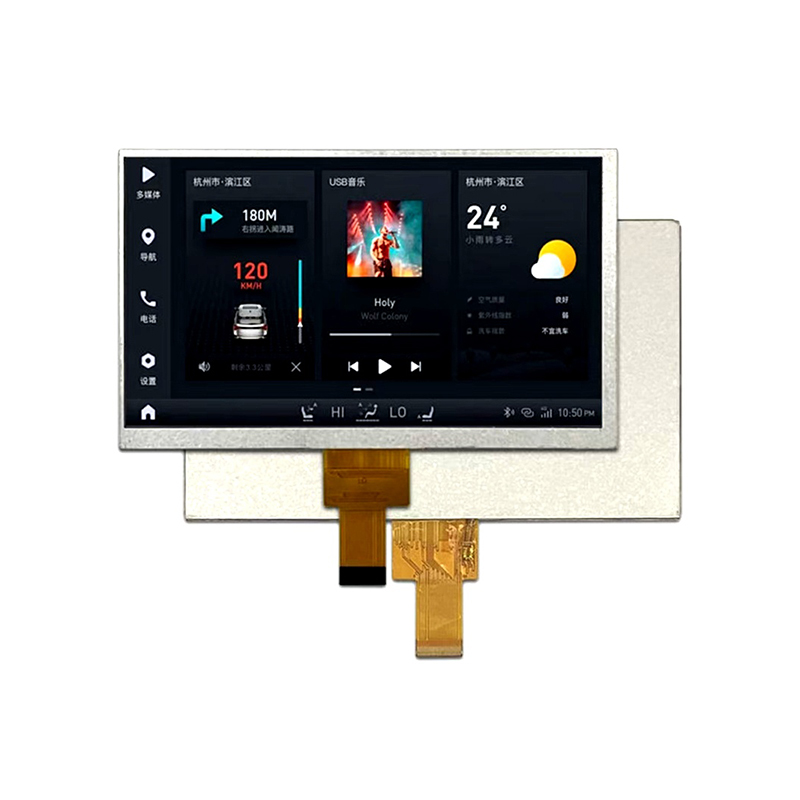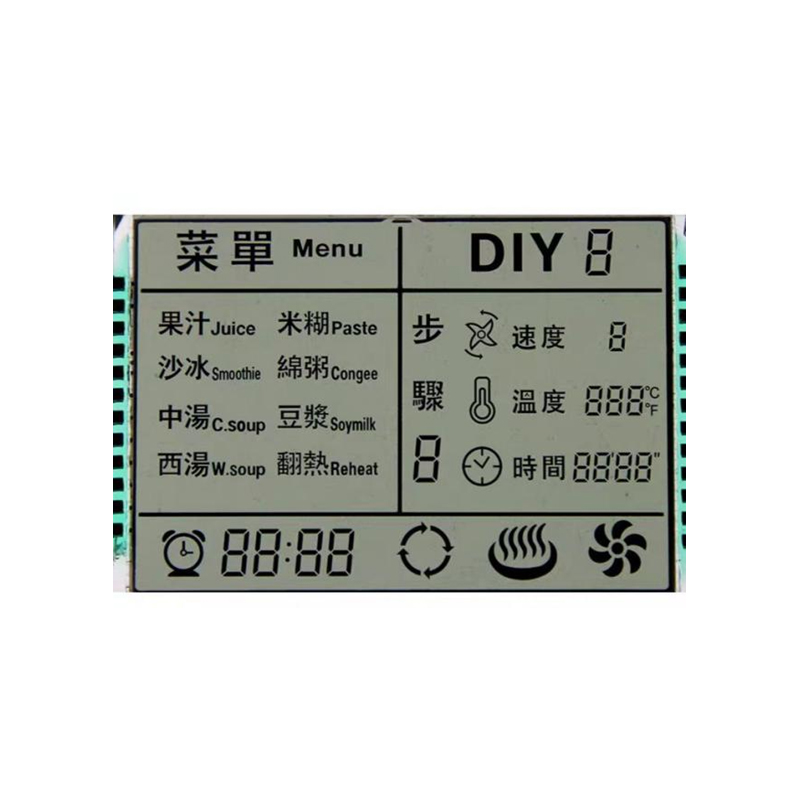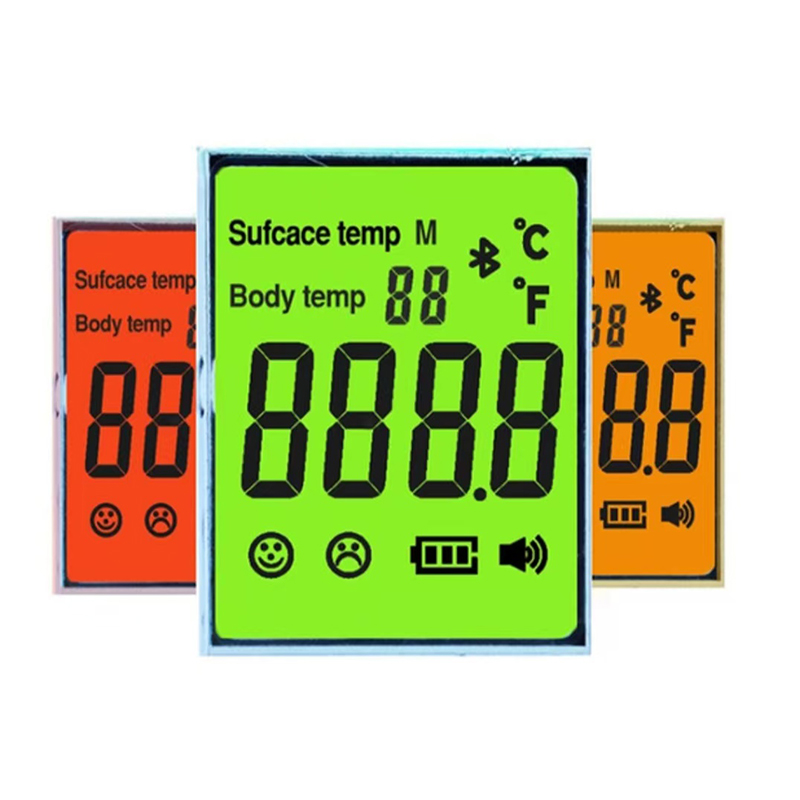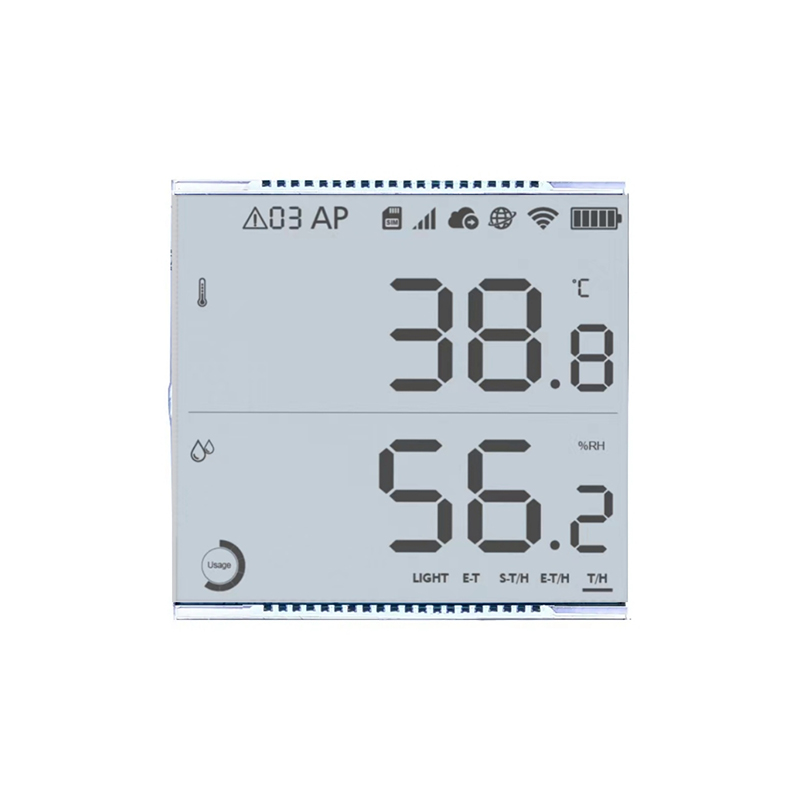
This article provides a comprehensive overview of Parallel LCD technology, exploring its underlying principles, applications, advantages, and limitations. We'll delve into the technical specifications, compare it with other display technologies, and examine real-world examples of its implementation. Learn how to choose the right Parallel LCD for your specific needs and discover the latest advancements in this field. Whether you're an engineer, researcher, or simply curious about display technology, this guide will equip you with the knowledge to make informed decisions.
Parallel LCD, or parallel liquid crystal display, refers to a type of liquid crystal display (LCD) that uses a parallel configuration for data transmission and control. Unlike serial LCDs, which transmit data sequentially, parallel LCDs transmit data across multiple lines simultaneously. This parallel architecture allows for faster data transfer rates and higher refresh rates, leading to improved image quality and responsiveness. The number of parallel data lines varies depending on the specific Parallel LCD model, influencing its capabilities and complexity.
Several key advantages make Parallel LCD technology attractive for various applications:
The parallel data transmission significantly speeds up the transfer of image data compared to serial interfaces. This results in faster refresh rates and reduced latency, particularly beneficial for applications requiring real-time image display, such as industrial control panels and high-speed data visualization.
The increased data transfer speed enables higher refresh rates, leading to smoother animations and a more responsive user experience. This is a crucial advantage in gaming, video editing, and other applications where smooth visuals are paramount.
Faster refresh rates and reduced latency translate to improved image quality, with less noticeable motion blur and ghosting artifacts. This results in clearer, sharper, and more visually appealing displays.
Despite its advantages, Parallel LCD technology also comes with certain limitations:
The parallel interface necessitates more complex circuitry and increased pin counts compared to serial interfaces. This can lead to higher manufacturing costs and potentially more intricate integration processes.
Driving multiple data lines simultaneously can lead to slightly higher power consumption compared to serial LCDs, although this difference is often negligible in many applications.
| Feature | Parallel LCD | Serial LCD |
|---|---|---|
| Data Transfer | Parallel | Serial |
| Speed | Faster | Slower |
| Refresh Rate | Higher | Lower |
| Complexity | Higher | Lower |
| Cost | Generally Higher | Generally Lower |
Parallel LCD technology finds application in various fields, including:
Selecting the appropriate Parallel LCD depends on specific application requirements. Consider factors like resolution, refresh rate, size, power consumption, and interface compatibility. For detailed specifications and to explore the diverse range of Parallel LCD options available, we recommend visiting Dalian Eastern Display Co., Ltd. a leading provider of high-quality LCD displays. Their expertise and wide selection can help you find the perfect solution for your needs.
This article aims to provide a comprehensive understanding of Parallel LCD technology. For more detailed technical specifications and product information, please refer to the manufacturer's documentation and datasheets.

